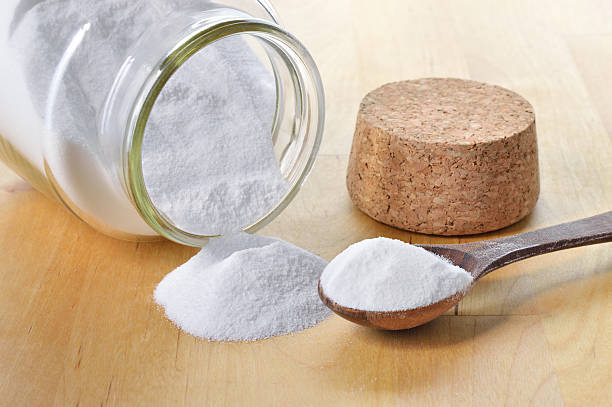Bicarbonate

Parameter Type: Drinking Water Testing for Volatiles
Parameter Name: Bicarbonate
What it is and Where it Comes From:
Bicarbonate (hydrogen carbonate) is not a mineral, but a component of the salts of carbonic acid. HCO3- is its chemical formula. Your body produces bicarbonate, by carrying it in the lungs and exhaled. Bicarbonate is responsible for maintaining the balance of acids and bases or alkaline, therefore an important “opponent” of acids. Bicarbonate works as an acid buffer. Your body does generate bicarbonate during metabolism, but generally not enough to regulate the acid/base-balance your body needs to function efficiently. Bicarbonate is a natural component of all mineral waters. Mineral waters that are sourced from limestone-rich areas typically have a high bicarbonate content. Bicarbonate plays a vital role in buffering acids and ensures that the mineral water tastes pleasantly clean and refreshing. Drinking water testing gives you several benefits like peace of mind, identifying contaminants in your water, and insight into health concerns. Safe Home offers Laboratory drinking water testing kits for bicarbonate, allowing you to collect your water sample and ship it directly to our EPA-Certified Laboratory. This platform of drinking water testing for bicarbonate will give you an accurate level based on the lowest level of a parameter our instruments can detect (Method Detection Level). Safe Home drinking water testing for physical properties can be used for city and well water supplies. Drinking water testing should be done any time you notice a significant change in your water quality.
Health Effects:
Sulfate may have a laxative effect that can lead to dehydration and is of special concern for infants. With time, people will become acclimated to the sulfate and the symptoms disappear. Sulfur-oxidizing bacteria pose no known human health risk. Animals are also sensitive to high levels of sulfate. In young animals, high levels may be associated with severe, chronic diarrhea and even death. Animals tend to get used to sulfate over time. Diluting water high in sulfate with water low in sulfate can help avoid problems of diarrhea and dehydration in young animals and animals not used to drinking high sulfate water.
Solutions to Contaminant Levels:
Now let us talk about treatment after drinking water testing. There are three types of treatment systems that will remove sulfate from drinking water: reverse osmosis, distillation, and anion exchange. Reverse osmosis pushes water through a membrane with tiny pores. The membrane stops many contaminants, including sulfate, while allowing water to pass through. Reverse osmosis usually removes between 93 and 99 percent of the sulfate in drinking water, depending on the type of treatment unit. Distillation is a process that boils water, making steam. The steam rises and leaves contaminants, such as sulfate behind. With proper operation, distillation units can remove nearly 100 percent of sulfate. Anion exchange is the most common method of removing large quantities of sulfate from water for commercial, livestock, and public supplies. It is not commonly used for individual household water treatment. It is a process that replaces negatively charged ions (such as sulfate) with sodium chloride or potassium chloride (salts). Adsorptive media filtration has a charged media bed that can force ions of the opposite charge (such as sulfate) to be pulled out of the water and attach to the media. Who do I need to contact to find out more information about water quality in my area? Every community water supplier must provide an annual report to its customers, known as a Consumer Confidence Report (CCR). The report provides information on your local drinking water quality, including the water’s source, contaminants found in the water, and how consumers can get involved in protecting drinking water. How often does the local public water system preform drinking water testing? Frequency of drinking water testing depends on the number of people served, the type of water source, and types of contaminants. Certain contaminants are tested more frequently than others, as established by the Safe Drinking Water Act. You can find out about levels of regulated contaminants in your treated water for the previous calendar year in your annual Consumer Confidence Report (CCR).


